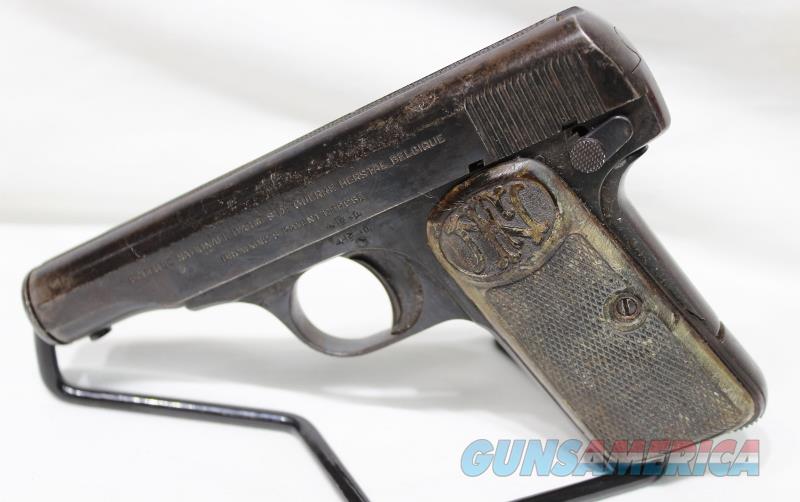
Fn Browning Model 1910 Serial Numbers
The Model 1910 was another successful John Browning firearms design that was initially produced by the Belgian firm of Fabrique Nationale. The sidearm proved an excellent addition to the inventories of many national armies and security forces around the world. The gun went on to see action in Word War 1 and World War 2, seeing production into the early 1980s.
There is only brief mention of Belfort's life before Wall Street or events since 1997. The book's main topic is the vast amount of sex, drugs and risky physical behavior Belfort managed to survive. As might be expected in the autobiography of a veteran con man with movie rights already sold, it's. A song i s heard, yet un hear d, In th ese silent ni ghts. Why do y ou, dear, loo k aska nce, With yo ur head lo wered s o? It is har d to exp ress, and har d to hold b ack, Every thing that my hear t holds. But the da wn's beco ming ever brig hter. So plea se, jus t be go. 
Feb 28, 2018 - Browning M 1910 disassembled The FN Model 1910, also known as the Browning model 1910, was a departure for Browning. Browning records of serial numbers on the 1910/1955 model are vague before 1966. They estmate that number 500,000 was made around 1965, and that 550,000 was the beginning of serial numbers.
One notable user of the Model 1910 became Serbian Gavrilo Princip who used the gun to assassinate Austrian Archduke Franz Ferdinand on June 28th, 1914. This action is most often recognized as the 'trigger' to the powder keg that resulted in World War 1. Master gunsmith John Browning developed his Model 1910 to improve upon his previous - and essentially his first successful - handgun attempt, the Model 1900. The Model 1900 became the first of his creations to be produced by the Belgium firm of Fabrique Nationale and featured a recoil spring fitted within a cylinder mounted above the barrel assembly, making for a unique though rather clumsy-looking gun.
However, this served the pistol well in that it kept moving parts to a minimum and forged the beginning of what would become a long-lasting and flourishing venture between Browning and FN. Up to this point, Browning leaned on both Colt Firearms and FN to produce his guns in the United States and Belgium respectively but, after Colt declined to produce his new Model 1910, Browning took his development to FN to market the type to European interests.
The now-FN Model 1910 was offered in both.380 ACP (9x17mm Browning) and.32 ACP (7.65x17mm Browning Short) caliber forms and production of the new sidearm began in 1910. While appearing as early as 1910, the Model 1910 was not introduced to market until 1912, resulting in the gun sometimes being referenced as the 'Model 1912'. One major improvement of the new design over the previous Model 1900 was in the mounting of the recoil spring set around the barrel assembly, this helping to streamline the overall appearance of the gun and making for a lighter and more compact design to handle. The Model 1910 took on a conventional look, with the magazine well doubling as the angled pistol grip. The solid trigger unit was set within an oblong trigger ring while a safety lever was mounted within easy reach, its placement just aft of the grip near the thumb. If chambered for the.380 ACP, the magazine could accept up to 6-rounds in the spring-loaded magazine.

If chambered for the.32 ACP, the magazine could accept up to 7-rounds of ammunition. The magazine was inserted into the base of the pistol grip and spent shell casings were ejected from a right-mounted ejection port just above the trigger unit. The Model 1910s system of operation was 'blowback' as a semi-automatic, self-loading design.
Along the upper portion of the grip was the identifiable 'FN' company logo (or 'Browning' depending on marketed model). Sighting was accomplished by way of notch and post iron sights. Overall length of the Model 1910 was 153mm with an unloaded weight of 590g. The Model 1910 was branched out into one other major variant known as the Model 1922 (or 'M1910/22') and targeted to military and security forces of the time. The Model 1922 was essentially an 'upsized' version of the original with a longer barrel system and slide but still chambered for either.380 ACP (now 8-rounds) or.32 ACP (9-rounds). The hand grip was also noticeably lengthened downwards from the Model 1910's design and this helped to increase the noted internal magazine ammunition capacities for each respective caliber. Overall length of the new sidearm became 178mm with an unloaded weight of 700g.